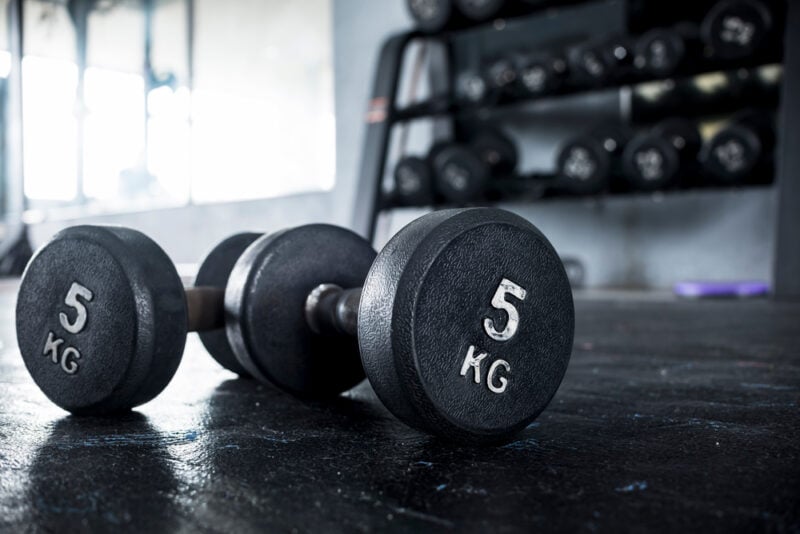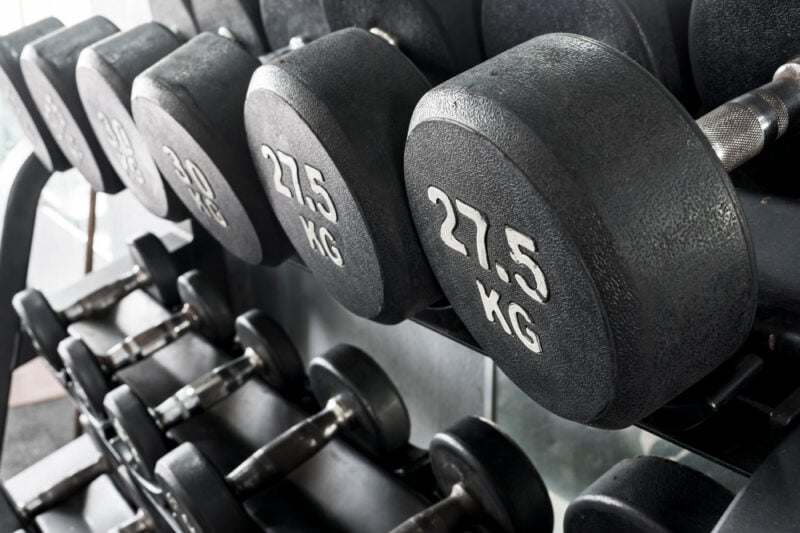Have you ever wondered how many ounces are in a kilogram? It is a common query, especially when working with recipes or trying to figure out the weight of an ingredient.
Whether you are a home cook, a food enthusiast, or just curious, understanding ounces and kilograms is essential in the world of cooking and baking.

Want to Save this Recipe?
Enter your email below & we’ll send it straight to your inbox. Plus you’ll get great new recipes from us every week!
What is an Ounce?
Starting with the basics – an ounce (abbreviated as “oz”) is a unit of weight or mass in both the Imperial and United States Customary Systems of measurement.
In the Imperial system, which is commonly used in the United Kingdom and some other countries, an ounce is approximately equal to 28.35 grams.
In the United States Customary System, it is a little different, with one ounce being equal to about 28.3495 grams. So, when you see a recipe that calls for ounces, it is referring to this weight measurement.
Check out How Many Ounces in a Pint and How Many Ounces in a Quart too!
What is a Kilogram?
On the other hand, a kilogram (abbreviated as “kg”) is a unit of mass in the Metric System, which is the standard system of measurement used in most parts of the world.
The Metric System is known for its simplicity and consistency. One kilogram is equal to 1,000 grams, making it a larger unit of measurement compared to the ounce.
Converting Ounces to Kilograms
To convert ounces to kilograms, you need to remember this simple formula:
1 kilogram = 35.274 ounces
So, if you have a weight in ounces that you want to convert to kilograms, divide the number of ounces by 35.274. For example, if you have 70 ounces, the calculation would be:
70 ounces ÷ 35.274 = 1.98 kilograms
This means that 70 ounces is approximately equal to 1.98 kilograms.
Table with Conversions from Ounces to Kilograms
Here is a basic table with some common conversions from ounces to kilograms to make life in the kitchen a little simpler:
| Ounces | Kilograms |
| 1 oz | 0.028 kg |
| 2 oz | 0.057 kg |
| 4 oz | 0.113 kg |
| 8 oz | 0.227 kg |
| 16 oz | 0.454 kg |
| 32 oz | 0.907 kg |
| 64 oz | 1.814 kg |
| 128 oz | 3.628 kg |
Table with Conversions from Kilograms to Ounces
Now, for a reverse on the conversions, let us look at common conversions from kilograms to ounces:
| Kilograms | Ounces |
| 0.5 kg | 17.637 oz |
| 1 kg | 35.274 oz |
| 2 kg | 70.548 oz |
| 5 kg | 176.37 oz |
| 10 kg | 352.74 oz |

Equipment for Measuring
In the kitchen, having the right equipment for measuring is crucial to ensure recipes turn out beautifully.
When it comes to measuring weight, it i common to come across both ounces and kilograms. Here are some common tools used for measuring:
- Kitchen scale. A digital kitchen scale is a must-have. It allows you to precisely measure ingredients in both ounces and grams. Look for one with a tare function to reset the scale to zero when using a container.
- Measuring cups. While measuring cups are typically used for dry ingredients, some sets also include fluid ounces, which are useful for measuring liquids.
- Measuring spoons. Measuring spoons are perfect for smaller quantities of ingredients like spices or extracts. They often come with measurements in both teaspoons and milliliters.
- Conversion charts. Keep a handy conversion chart in your kitchen for quick reference. You can find printable charts online or purchase kitchen conversion magnets.
Imperial System Vs Metric System
The Imperial System, which includes measurements like ounces, pounds, and gallons, is mostly used in the United States and a couple of other countries. While it has historical significance, it can be confusing because it is not very uniform. Check out How Many Ounces in a Pound for more helpful information.
The Metric System, on the other hand, which uses units like grams, kilograms, and liters, is simple and consistent. Read this How Many Ounces in a Liter post for more helpful information!
It is the system employed by most of the world because of it is easy to use and has a logical base-10 structure. In cooking and baking, the Metric System is loved for its precision and easy scaling of recipes.
In conclusion, understanding the relationship between ounces and kilograms is important for anyone who loves cooking or simply wants to navigate the world of measurements.
Whether you are in the middle of a new recipe, measuring ingredients, or just interested in the differences between the Imperial and Metric Systems, knowing how to convert between these units is a key cooking skill.
Frequently Asked Questions (FAQs)
There are approximately 35.274 ounces in a kilogram. This conversion is often rounded to 35 ounces for simplicity.
There are approximately 0.02835 kilograms in an ounce. This conversion is often rounded to 0.03 kilograms for simplicity.
If you have a kilogram of butter, it is equal to roughly 35.274 ounces.
A kilogram of water is also equivalent to about 35.274 ounces. This conversion is consistent for most liquids, as it is based on the density of water.
A kilogram of flour is also equivalent to approximately 35.274 ounces. Like water, this conversion is consistent for most dry ingredients with similar densities to flour.
Different Ways to Measure Ounces
Ounces can be measured in various ways, depending on the context:
- Fluid Ounces (fl oz): Used to measure the volume of liquids.
- Ounces (oz): Commonly used for measuring weight or mass of solid items like food and ingredients.
- Troy Ounces (oz t): Primarily used for measuring precious metals like gold and silver.
- Avoirdupois Ounces (oz av): The most commonly used system for measuring weight in the United States.
Different Ways to Measure Kilograms
Kilograms are typically used to measure mass or weight, and there are no variations like there are with ounces.
However, it is worth noting that there are other metric units for mass, such as grams and milligrams, that are smaller than kilograms and are often used for smaller quantities.
Kilograms are part of the metric system and are commonly used worldwide for measuring larger masses.

You May Also Enjoy
- How Many Cups in a Pound
- How Many Pints in a Gallon
- Teaspoons in a Tablespoon
- How Many Tablespoons in a Cup
- How Many Ounces in a Cup
If you enjoyed this helpful comprehensive guide for how many ounces in a kilogram, please leave a rating and comment! For more inspiration, check out my Facebook, Instagram, and Pinterest. For 5 free weekly meal plans and more free resources, sign up to receive my free newsletter!
